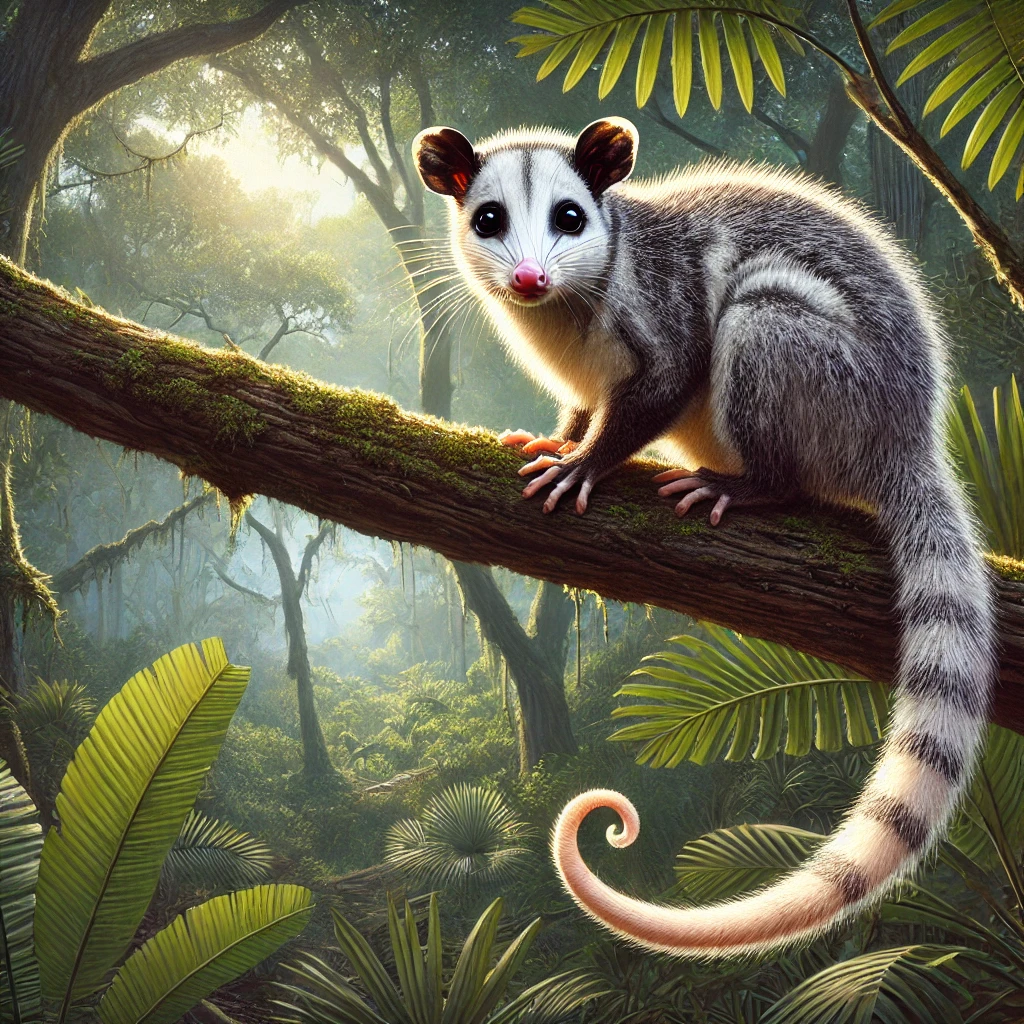
Introduction
The natural world is brimming with fascinating creatures, many of which remain underappreciated or shrouded in mystery. One such remarkable animal is the tñacuache, a creature that holds ecological, cultural, and symbolic importance. This article dives deep into the world of the tñacuache, exploring its unique traits, significance, and the role it plays in nature’s delicate balance. Whether you’re a wildlife enthusiast or simply curious, the story of the tñacuache is sure to captivate you.
What is a Tñacuache?
The tñacuache, commonly known in English as the opossum, is a marsupial native to the Americas. Recognizable by its pointed snout, prehensile tail, and small black eyes, the tñacuache has adapted to thrive in various environments. While some consider it a pest, others view it as an integral part of ecosystems and cultural traditions.
Physical Characteristics of the Tlacuache
Tñacuaches are small to medium-sized mammals, with body lengths ranging from 30 to 50 centimeters, and their tails adding an additional 25 to 40 centimeters. Their fur is typically grayish with white markings around the face, though coloration can vary based on species and habitat.
Key features include:
- Prehensile Tail: Used for balance, climbing, and carrying materials for nesting.
- Opposable Thumbs: These are unique to the tñacuache and enable them to grasp objects.
- Nocturnal Vision: Large eyes adapted for nighttime activity.
- Marsupial Pouch: Female tñacuaches carry and nurse their young in a pouch, a defining trait of marsupials.
Habitat and Distribution
The tñacuache is remarkably versatile, inhabiting diverse environments ranging from forests and grasslands to urban areas. These creatures are primarily found in North, Central, and South America. Their adaptability allows them to survive in climates ranging from tropical rainforests to temperate zones.
In urban settings, tñacuaches are often spotted foraging through trash bins or hiding in attics. While this behavior sometimes earns them a bad reputation, it highlights their incredible resourcefulness.
The Ecological Role of Tlacuache
Despite their often-overlooked presence, Tlacuaches play an essential role in maintaining ecological balance. Here’s how:
- Pest Control:Tlacuaches consume a diet rich in insects, including harmful pests like ticks and cockroaches, helping control their populations.
- Seed Dispersal: By feeding on fruits and excreting seeds, they aid in forest regeneration.
- Scavenging: Acting as nature’s cleanup crew, Tlacuaches consume carrion, reducing the spread of diseases.
- Predator-Prey Dynamics: As prey for larger predators, they are vital to the food chain.
Cultural Significance of the Tlacuache
The Tlacuache holds a special place in the folklore and traditions of many Indigenous cultures in the Americas. For example:
- In Aztec mythology, the Tlacuache is credited with bringing fire to humans, showcasing its intelligence and bravery.
- In rural Mexican communities, the creature is often seen as a symbol of resilience and adaptability.
- Some traditions believe that spotting aTlacuache is a sign of good luck, representing survival against all odds.
Misconceptions and Myths
The Tlacuache is often misunderstood, leading to misconceptions that tarnish its image. Common myths include:
- “They are aggressive.” In reality,Tlacuaches are non-aggressive and prefer to avoid confrontations. When threatened, they may play dead (a behavior known as “playing possum”) to deter predators.
- “They are dirty.” Tlacuaches groom themselves meticulously, reducing the risk of parasites.
- “They spread rabies.” While any mammal can contract rabies, Tlacuaches have a lower risk due to their lower body temperatures.
Threats to the Tlacuache
Despite their adaptability, tñacuaches face numerous threats, including:
- Habitat Destruction: Urbanization and deforestation reduce their natural habitats.
- Road Accidents: As nocturnal animals, tñacuaches are often victims of vehicle collisions.
- Human Persecution: Misunderstandings and fear lead to unnecessary killings.
- Climate Change: Altered weather patterns affect their food sources and habitats.
Conservation Efforts
Protecting tñacuaches requires a multi-faceted approach:
- Habitat Preservation: Protecting forests and green spaces ensures they have safe environments.
- Public Education: Raising awareness about their ecological importance helps reduce negative perceptions.
- Wildlife Corridors: Building safe passages for crossing roads can reduce vehicle-related deaths.
Organizations and local communities are increasingly recognizing the importance of conserving these unique marsupials.
Fascinating Facts About the Tlacuache
- Immunity to Snake Venom: Tlacuaches have a natural resistance to venom from certain snakes.
- Record Ticks Eaten: A single Tlacuache can consume up to 5,000 ticks in a season.
- Ancient Lineage: They are among the oldest surviving mammals, dating back millions of years.
FAQs About the Tlacuache
Q1: Are Tlacuaches dangerous to humans?
No, Tlacuaches are non-aggressive and pose minimal risk to humans. They prefer to avoid conflict and only defend themselves when cornered.
Q2: What do Tlacuaches eat?
Tñacuaches are omnivores, feeding on insects, fruits, small animals, and carrion. They also scavenge for human food waste in urban areas.
Q3: How long do tñacuaches live?
In the wild, tñacuaches typically live 2-4 years. In captivity, they may live slightly longer due to fewer threats.
Q4: Why do tñacuaches “play dead”?
This defense mechanism confuses predators, making the tñacuache appear unappetizing or lifeless, encouraging the predator to move on.
Q5: How can I help protect Tlacuaches?
You can support habitat conservation, educate others about their importance, and avoid harming them if encountered.
Conclusion
The tñacuache is truly one of nature’s hidden wonders, blending resilience, adaptability, and ecological significance into a single remarkable species. By understanding and appreciating the tñacuache, we can ensure its survival for generations to come. Let’s celebrate and protect this fascinating marsupial, recognizing its indispensable role in our shared environment.



